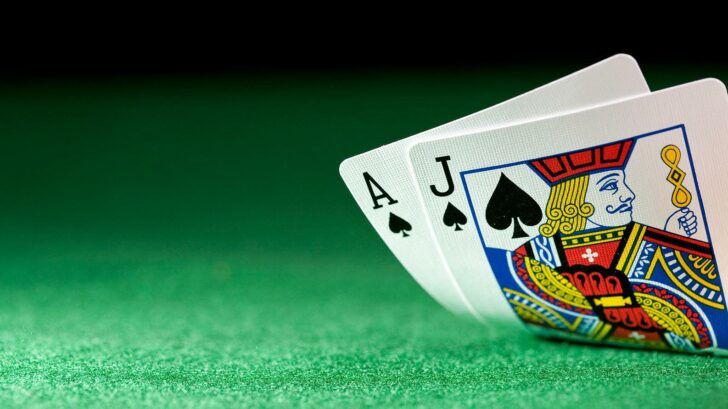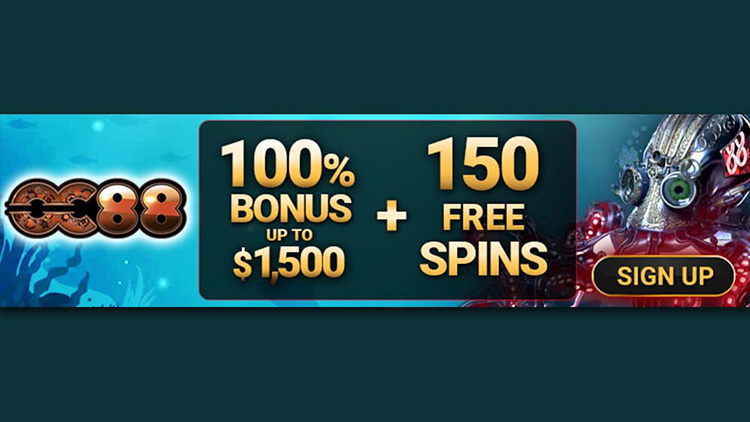Want to Become a Master Blackjack Card Counter? Books Can Help, But Practice Makes Perfect

 Read & Practice
Read & PracticeBlackjack card counting books can serve as useful references. But if you want to master the skill of counting, the important thing is to put in countless hours of practice.
There are thousands of blackjack books out there. Most of these are written by hacks, but a few are carefully crafted studies produced by blackjack hall of fame members like Arnold Snyder and Ken Uston.
Many newcomers to the mysterious table game start by referring to sacred texts like Beat the Dealer and Playing Blackjack as a Business.
There’s nothing wrong with reading up on the game in order to improve your skills. Sometimes you can learn useful things from these texts. But most people who spend money on them completely miss the point. This text will explain the proper way to use a blackjack book, and the road an aspiring card counting master must take to learning the ins and outs of the game.
What are books really for?
Let’s start off with the straight truth. The majority of blackjack books on the market are complete crap written by people who know little about the game. Most of these writers make money selling books, not playing blackjack. There is very little one can learn from them.
But that doesn’t mean that there aren’t great blackjack books written by great authors. In our view, the best blackjack card counting books is Beat the Dealer by Edward O. Thorp. But in order to use these books to your advantage, you must learn their purpose.
A blackjack book doesn’t teach someone how to play blackjack, a reputable blackjack writer would never claim to have a “foolproof system” or “simple steps to mastering blackjack”. That stuff is for suckers. One thing that a blackjack book does is provide a supplement to actual playing. While you are learning to play blackjack you can use a book as a reference. When you don’t understand something, or need tips to improve your training regimen or come across something new, these books can help.
Many blackjack books are also written for those who are relatively advanced in the game already. Actually, most are. These books provide added knowledge and insight to go on top of an already strong base. Many use complicated mathematical formulas that are difficult for beginners to understand.
Want to learn card counting? Practice
We know, the idea of practicing in order to improve at something seems somewhat old-fashioned. But is it possible to become good at basketball by reading about it? The same concept applies to learning a card counting system. Start with the basics. Learn blackjack basic strategy; when to hit, stand, surrender, double down, split, etc.
A good way to do this is to memorize a strategy card (there are tons of them available for free online). We recommend you spend 20-30 hours practicing this at home before you start playing for real money. There are also lots of free blackjack games online providing a risk-free way to hone your skills.
Once you’ve got basic strategy down pat, start working on card counting. Assuming that you are using the standard Hi-Lo system, the first step is to learn the values of each card. Two through six equal +1, seven through nine equal 0, and ten through ace equal -1. Once you know the values, start working on your visual recognition skills.
It’s not enough to see a given card and add its value to the running count; you must be able to do it very quickly and without making any mistakes. This is called “counting down the deck,” counting all 52 cards in quick succession. You know that you are doing it properly when you end up with zero at the end. Mastering this can take another 30 hours of practice.
Next, you’ve got to learn to convert a running count into a true count. The running count is the count for an individual deck. But because most blackjack games are dealt from six decks, this must be converted into a true count in order to accurately predict what will be dealt in upcoming hands.
The way that you do this is by dividing the true count by the amount of decks remaining in the shoe. So if you have a running count of four with five decks remaining, the true count is 4/5. This seems simple, but it can be pretty difficult because you need to keep a running count at all times while also being aware of the true count.
The final touch needed for card counting mastery is distraction training. It’s much easier to count in the comfort of your own home than in a noisy casino filled with obnoxious customers and staff members trained to sniff out counters. So take the time to practice under less-than-ideal conditions; while blaring loud music, having intense conversations, sitting in a room full of people. Try to make the environment as full of distraction as possible.
Now it’s time to pull out the book
Once you’ve put in the countless hours of intense practice to learn card counting it becomes appropriate to use a book as a reference. Chances are you’ll learn something that you didn’t already know, and looking over mathematical formulas can take your game to a higher level.
But it’s difficult to put all of that in context until you’ve learned how to play. Remember, you don’t learn by reading about other people doing something. You learn by doing it yourself.




